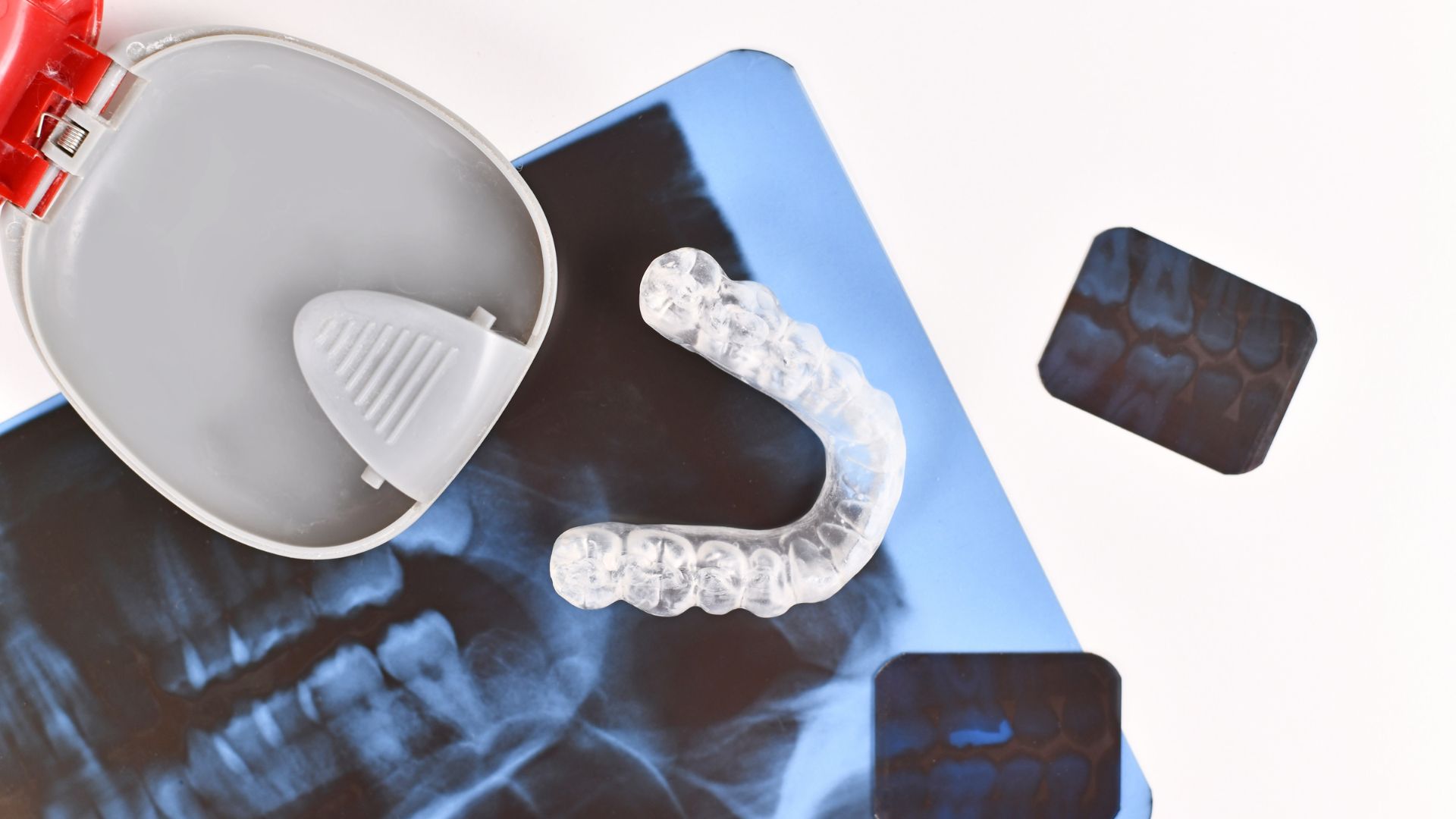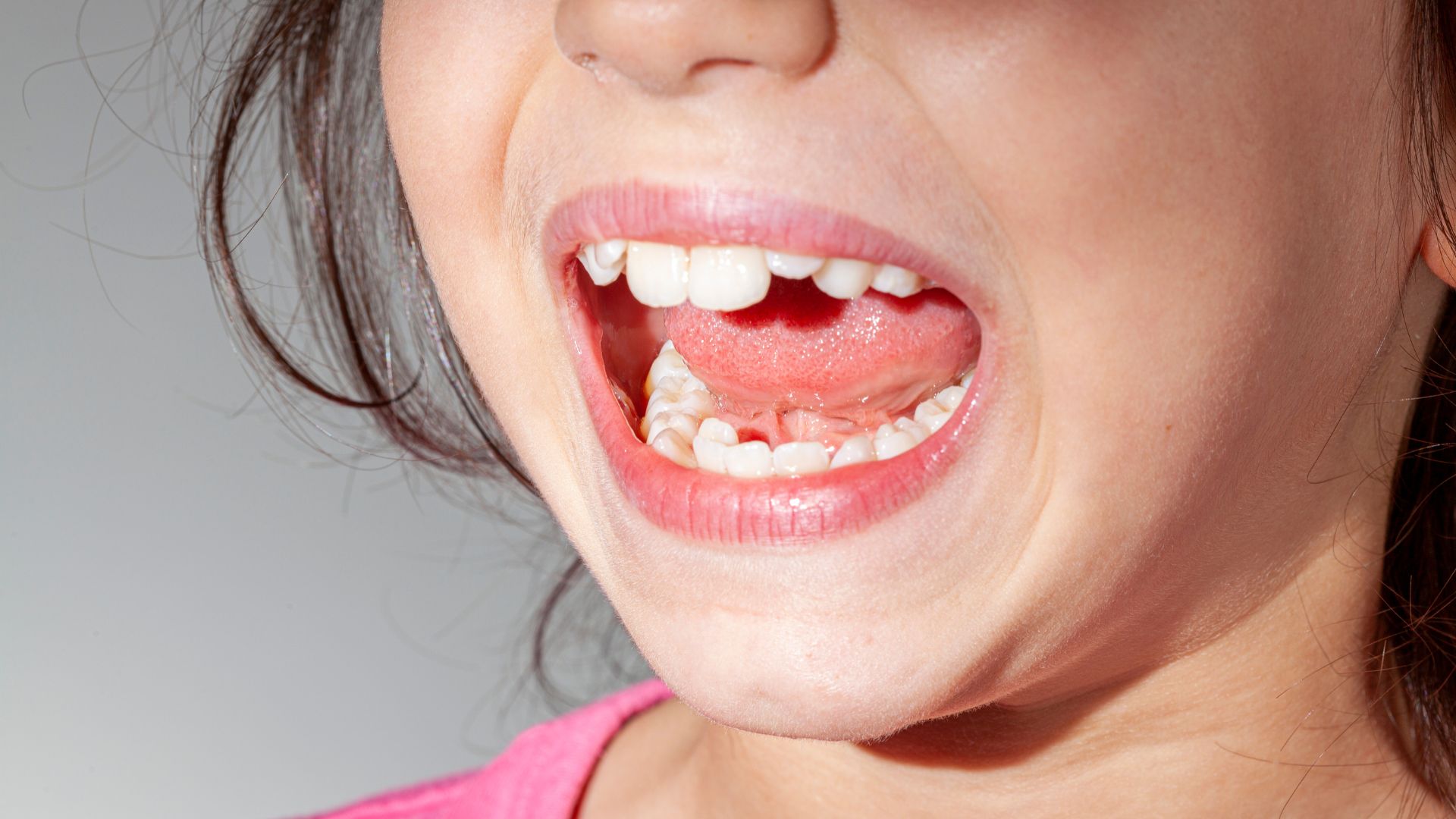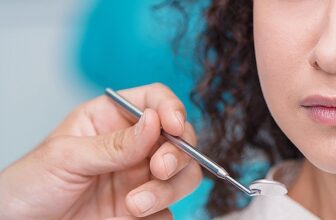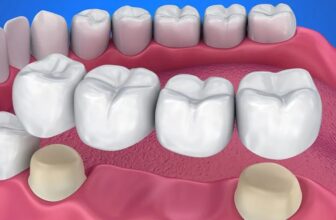
When it comes to orthodontic care, Invisalign has become a revolutionary new option for standard braces. This innovative approach to dental alignment has piqued the interest of many individuals seeking to rectify various dental misalignments. But can Invisalign truly address complex issues such as overbites, underbites, gaps, and crowded teeth? Let’s delve into the efficacy of this treatment for these common dental concerns.
Introduction to Invisalign
Invisalign, which comes from the words “invisible” and “align,” is a new and advanced way to straighten teeth that uses a set of clear, removable aligners to move teeth into the right place over time. Advanced 3D image technology is used to make these custom aligners, which make sure that they fit each patient’s teeth perfectly. The allure of Invisalign lies in its discretion and comfort, offering a more aesthetically pleasing alternative to conventional metal braces.
Understanding Dental Misalignments

Before exploring Invisalign’s capabilities, it’s crucial to comprehend the various dental misalignments it aims to correct.
Overbite
An overbite, also known as a deep bite, occurs when the upper front teeth excessively overlap the lower front teeth. This malocclusion can lead to wear on the lower teeth, gum damage, and potential temporomandibular joint (TMJ) issues if left untreated.
Underbite
Conversely, an underbite manifests when the lower teeth protrude beyond the upper teeth. This condition can cause difficulty in biting and chewing, as well as premature wear on the front teeth.
Gaps
Diastema, the technical term for gaps between teeth, can occur for various reasons, including genetics, thumb-sucking, or periodontal disease. While some find these spaces charming, others seek treatment for aesthetic or functional reasons.
Crowded Teeth
Dental crowding happens when there isn’t enough space in the jaw to accommodate all teeth properly. This can lead to overlapping, rotation, or displacement of teeth, making proper oral hygiene challenging and increasing the risk of decay and gum disease.
How Invisalign Works
With Invisalign, a set of clear plastic braces that are made just for you and fit snugly over your teeth are used. Before moving on to the next set in the series, each set of aligners is worn for about two weeks. Consistent, gentle pressure from the braces moves the teeth into the right place over time. This method, called “sequential distalization,” makes it possible to precisely control how teeth move.
Treating Overbite with Invisalign
Invisalign has demonstrated remarkable efficacy in addressing mild to moderate overbites. The treatment often incorporates “precision cuts” – small indentations in the aligners that accommodate elastic bands. These elastics apply additional force to shift the jaw forward, effectively reducing the overbite. In some cases, attachments called “buttons” may be affixed to the teeth to provide anchor points for the elastics, enhancing the treatment’s effectiveness.
Addressing Underbite Using Invisalign
While underbites can be more challenging to treat, Invisalign has shown promise in managing mild to moderate cases. The treatment plan may involve a combination of aligners and elastics to gradually shift the lower jaw backwards. In some instances, interproximal reduction (IPR) – a procedure that creates small spaces between teeth – may be employed to facilitate proper alignment.
Closing Gaps with Invisalign
Invisalign excels at closing gaps between teeth. The aligners apply consistent pressure to guide the teeth together, effectively closing the spaces. This process is often more comfortable and aesthetically pleasing than traditional braces, as it eliminates the need for visible metal wires and brackets.
Managing Crowded Teeth Through Invisalign

For cases of dental crowding, Invisalign offers a sophisticated solution. The treatment plan may incorporate a technique called “interproximal reduction” (IPR) to create minute spaces between teeth, allowing for proper alignment. Additionally, the aligners can guide teeth into their correct positions, alleviating crowding and improving overall dental aesthetics and function.
Limitations of Invisalign
While Invisalign is a versatile treatment option, it’s important to acknowledge its limitations. Severe malocclusions, particularly those involving significant jaw misalignment, may require more traditional orthodontic approaches or even orthognathic surgery. Additionally, Invisalign’s effectiveness is heavily dependent on patient compliance, as the aligners must be worn for 20-22 hours daily to achieve optimal results.
The Invisalign Treatment Process
The first step in getting Invisalign is a full examination and 3D scan of the patient’s teeth. This digital scan serves as the foundation for creating a customized treatment plan. The aligners are then fabricated and provided to the patient in sets, with regular check-ups scheduled to monitor progress and make any necessary adjustments.
Comparing Invisalign to Traditional Braces
While both Invisalign and traditional braces aim to achieve similar outcomes, they differ significantly in their approach. Invisalign is more comfortable, looks better, and is easier to use because the aligners can be taken out to eat and clean your teeth. But standard braces might be better for cases that are more complicated and need to move teeth or realign the jaw a lot.
Is Invisalign Right for You?
Invisalign has revolutionized orthodontic treatment, offering a discreet and comfortable alternative for addressing various dental misalignments. From overbites and underbites to gaps and crowded teeth, Invisalign has demonstrated its efficacy in managing a wide range of orthodontic issues. But whether or not Invisalign is right for you depends on a number of things, such as how bad your misalignment is and how committed you are to the treatment.
In the end, if you want to get Invisalign treatment, you should talk to a trained orthodontist about it. They can provide a comprehensive assessment of your dental needs and determine whether Invisalign is the most appropriate solution for achieving your desired smile. With its combination of advanced technology and patient-friendly design, Invisalign continues to transform the landscape of orthodontic care, offering hope for those seeking a straighter, healthier smile without the constraints of traditional braces.







